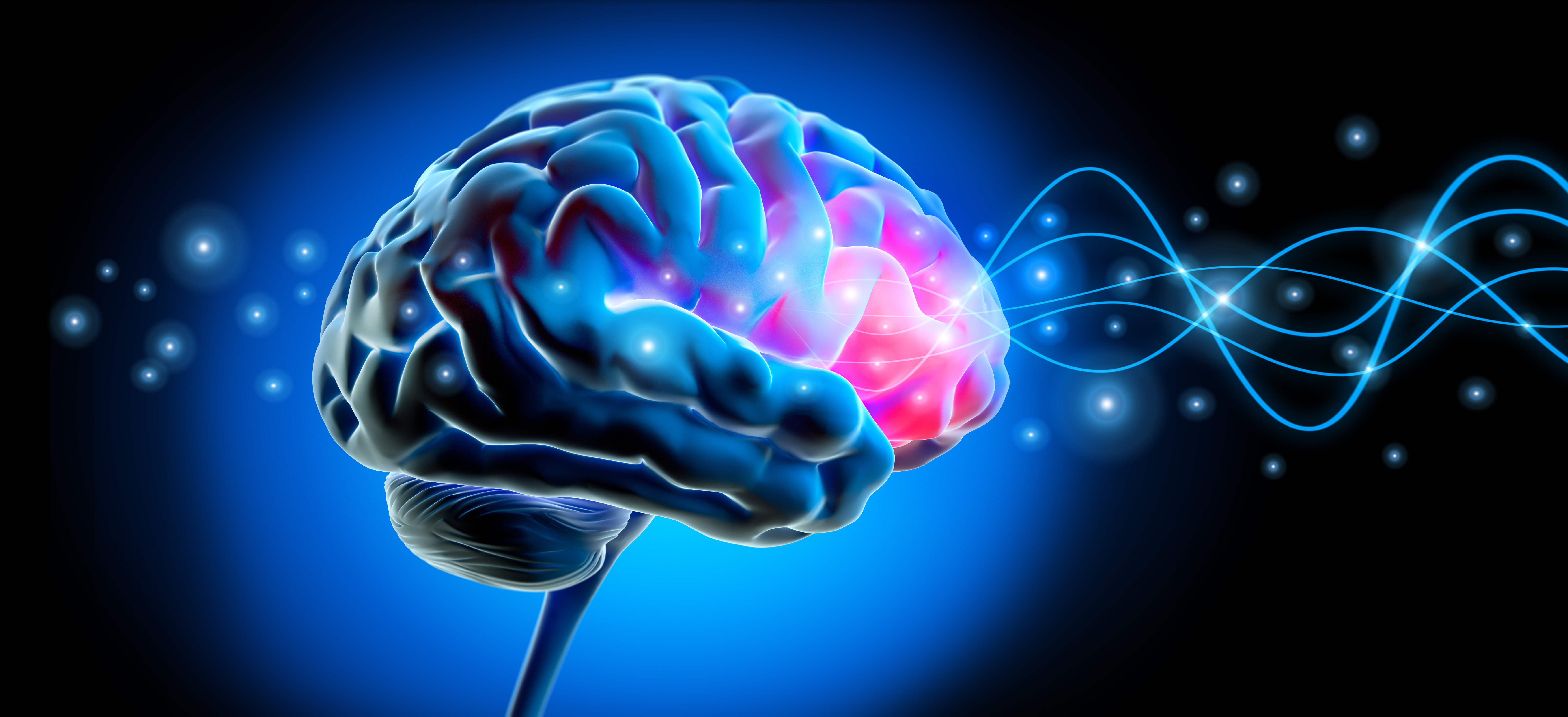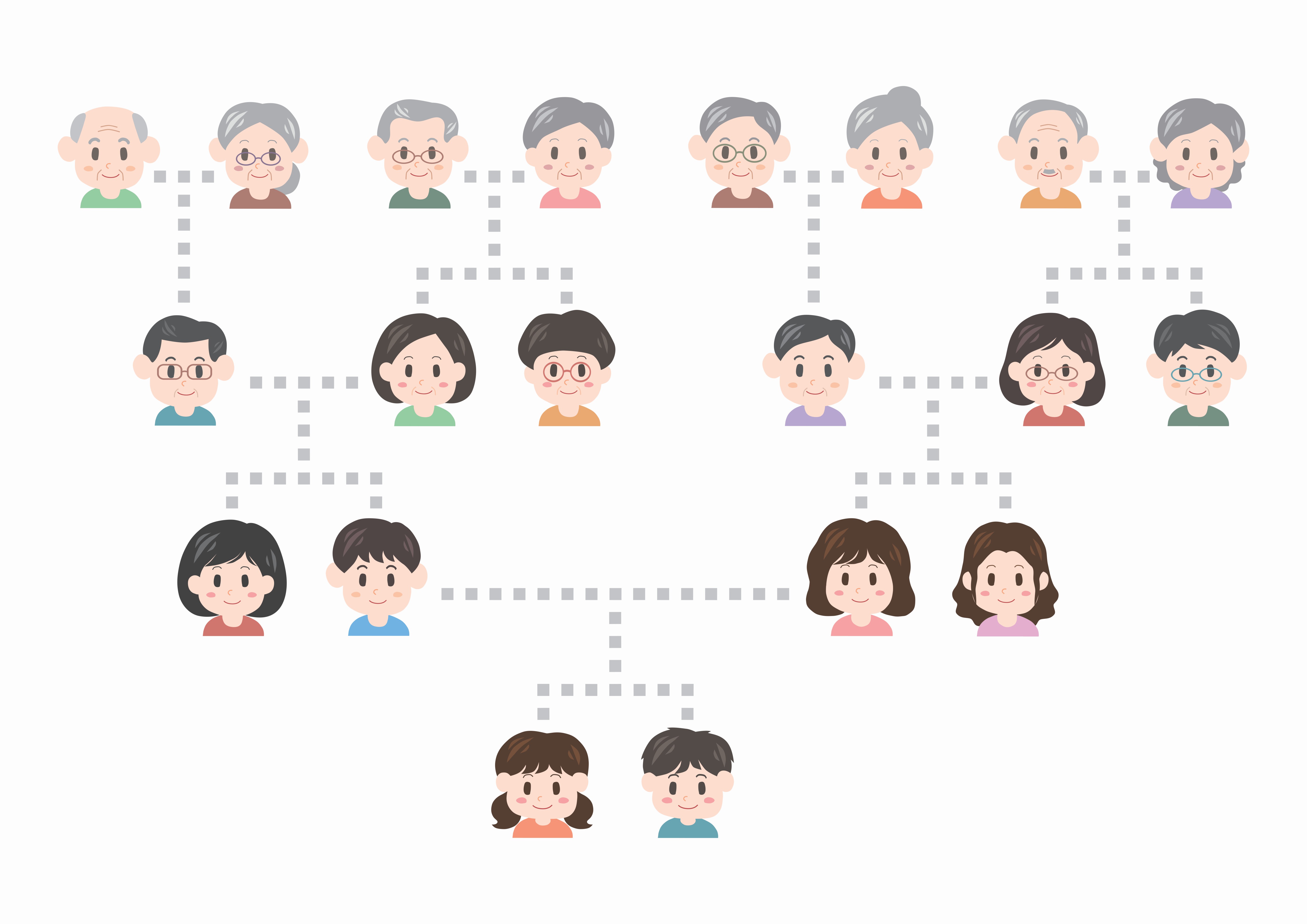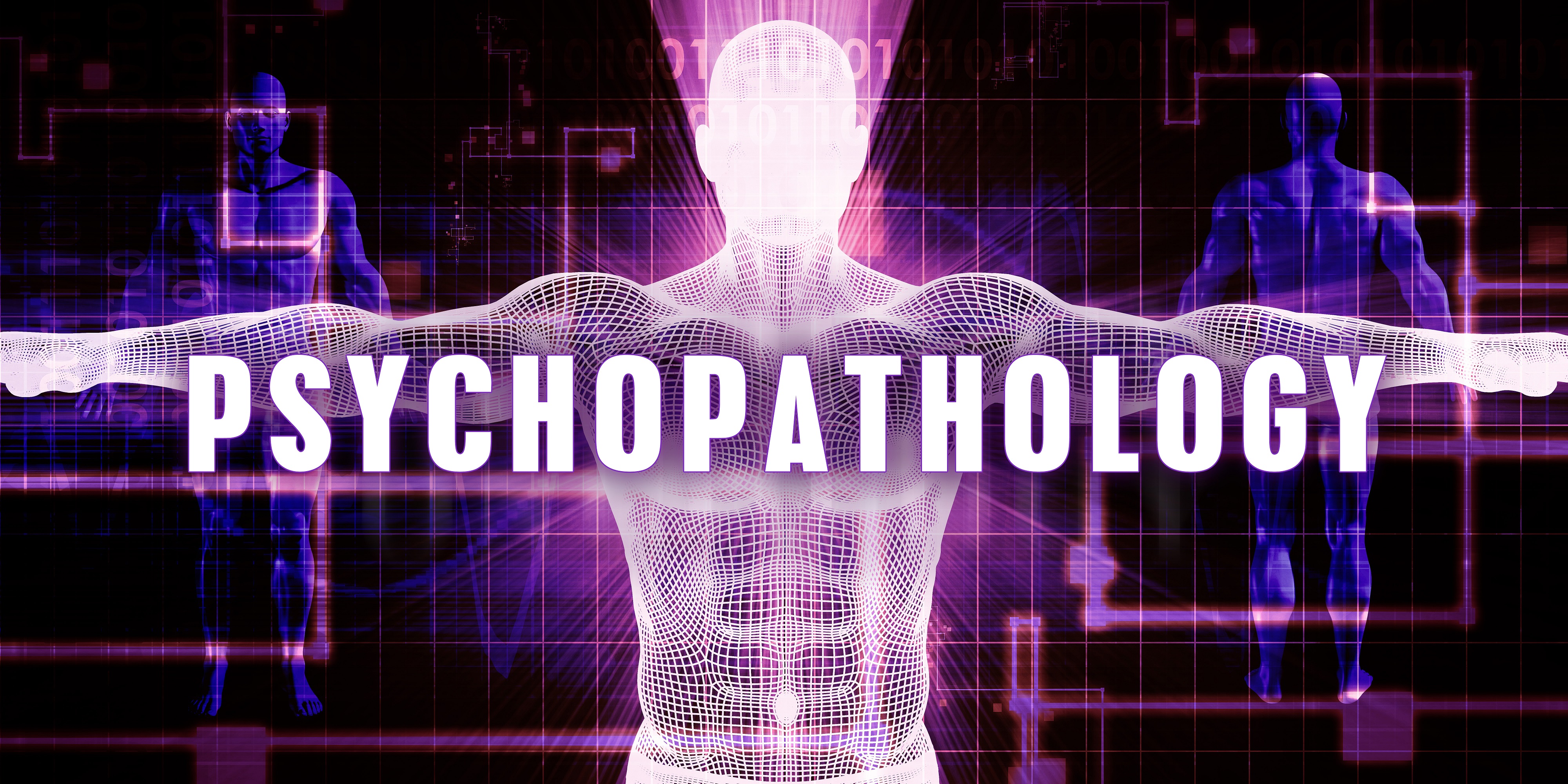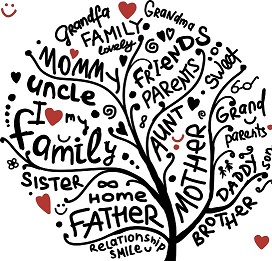Insights for families
Schizophrenia impacts not only on the individual with the disorder, but also on their families. This category contains information on the impact of schizophrenia on the family unit, family relationships, and also cognitive and physiological alterations in relatives. Click on the tabs below to access all the information, or browse via the drop-down menu on the left.
Image: ©Kudryashka – stock.adobe.com

Cognition in first-degree relatives
How is cognition in families related to schizophrenia? Cognitive deficits have been reported in people with schizophrenia. Deficits in memory, attention and executive functioning are most commonly reported, with lesser degree of dysfunction in perceptual and language processes. Cognitive deficits are present early in the course of the disorder and are stable over time, and may be heritable. First-degree relatives of people with schizophrenia may show attenuated signs of cognitive deficits. If cognitive deficits found in people with schizophrenia are also found in their relatives, this may be suggestive of the underlying genetic basis. This is particularly informative in disorders…

Collection of family history
How can family history be used in assessing schizophrenia? The collection of information relating to a person’s family history of mental illness can be a valuable tool for diagnosing and understanding their current mental state, in both clinical and research settings, where it may not be feasible to interview the family members themselves. What is the evidence for the family history method? The only evidence regarding family history method is moderate quality and suggests that a patient can usually correctly identify a particular family member with schizophrenia, if one exists. March 2022 Image: ©Photocreo Bednarek – stock.adobe.com

Familial coaggregation with bipolar disorder
What is familial coaggregation? Familial coaggregation is the rate of related disorders found in a family. Many studies have suggested a fundamental association between schizophrenia and bipolar disorder. Many family studies have investigated the possibility of this association by assessing whether schizophrenia and bipolar disorder diagnoses may cluster within the same extended family. What is the evidence for familial coaggregation of schizophrenia and bipolar disorder? Moderate to low quality evidence suggests high familial coaggregation of schizophrenia and bipolar disorder, with first-degree relatives of patients with schizophrenia or bipolar showing an increased risk of developing either disorder. March 2022 Image: ©osame…

Family relationships
How is schizophrenia impacted by family relationships? Several familial traits have been associated with increased risk for schizophrenia. These include; familial high expressed emotion (hostility, emotional over-involvement, and critical comments); negative parental affective style (guilt induction, over-intrusiveness, and personal criticism); and communication deviance (lack of clarity in communication). What is the evidence for family relationships? Moderate quality evidence finds people with schizophrenia may have had poor relationships with parents during childhood, with increased family instability, high communication deviance, negative emotions, and poor self-concept. Moderate to high quality evidence suggests increased familial expressed emotion is related to more relapses in patients….

Impact on families
How does schizophrenia impact on families? A diagnosis of schizophrenia can have a large impact not only on the affected individuals, but also on the people closest to them. This topic considers the impact of schizophrenia on family members, and on the family as a unit. Sometimes the family of a person with schizophrenia may experience different types of burden, particularly during acute phases of the illness. Burden is considered in terms of objective effects, such as illness severity or financial output, but also in terms of subjective effects, such as the emotional impact of the illness on family members….

Physical anomalies in first-degree relatives
How are physical abnormalities relevant to families of people with schizophrenia? Relatives of people with schizophrenia may show attenuated signs of the illness, such as physical features that are commonly identified with the disorder. Identifying these signs can help determine how genetics may contribute to the risk of schizophrenia. What is the evidence for physical abnormalities in family members? Moderate to high quality evidence found increases in pituitary and left thalamus volume of relatives compared to controls. There were decreases in total grey matter volume, and decreases in the hippocampus, third ventricle, bilateral anterior cingulate gyrus, right insula, left amygdala,…

Psychopathology in relatives
How is psychopathology relevant to relatives of people with schizophrenia? Due to the significant genetic loading of schizophrenia, first-degree relatives may also show signs of psychopathology. This could include schizophrenia, bipolar disorder or other mental disorders. What is the evidence regarding psychopathology in relatives? Moderate to high quality evidence finds no significant increases in anxiety disorders in offspring of people with schizophrenia. Moderate to low quality evidence also finds no significant increases in disruptive behavioural disorders in offspring of people with schizophrenia. No systematic reviews were identified that assessed psychopathology in other family members. April 2022 Image: ©kentoh – stock.adobe.com

Sibship
What is sibship? Sibship is a medical term meaning a group of individuals born of the same parents. Factors associated with sibship include birth order, number of siblings or number of births in the family, and inter-birth interval periods. It is not known how these factors may be associated with risk for schizophrenia. What is the evidence for sibship? Moderate quality evidence suggests a small to medium-sized increased risk of schizophrenia in people who had one, four or five births in their family, or in children born less than 18 months before or after their closest sibling. First birth order…
Green - Topic summary is available.
Orange - Topic summary is being compiled.
Red - Topic summary has no current systematic review available.
